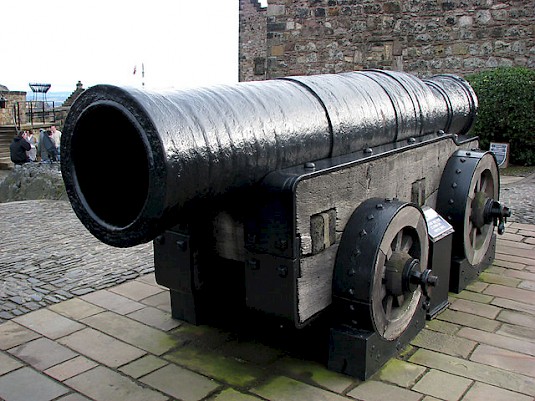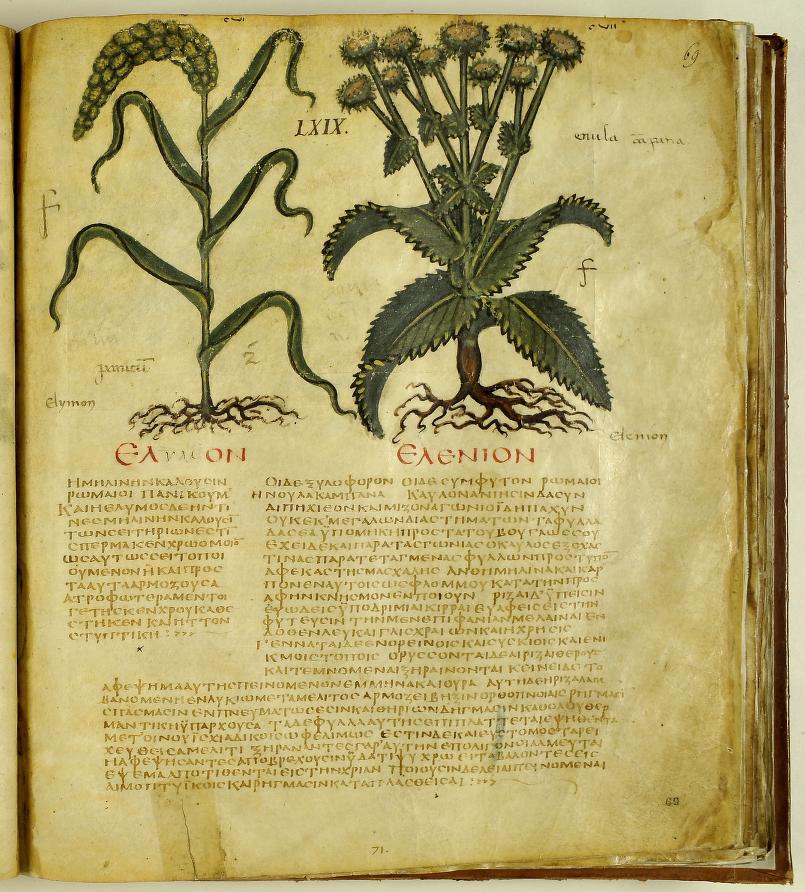How Powerful was Mons Meg?
Perched on the grounds of Edinburgh Castle in Scotland, Mons Meg is an impressive sight. The 15th-century bombard, which is 15 feet long and weighs more than 15,000 pounds, is considered one of the largest cannons built in the Middle Ages. Researchers have now been able to figure how powerful its shots were.

Mons Meg was built in 1449 and presented to King James II of Scotland five years later. It saw military service into the 16th century, and afterwards was fired only occasionally until its barrel burst in 1680. It now remains at Edinburgh Castle, one of the attractions that draws in tourists from to the site.
One of the stories involving the bombard has James II bringing Mons Meg to the siege of Threave Castle. The first cannonball it fired passed straight through the castle’s wall and severed the hand of Margaret Douglas as she was drinking inside. A group of researchers have now studied Mons Meg to determine the strength of the weapon, and whether or not this story could have been true.
The team from QinetiQ Group, a UK-based science and engineering company, examined the muzzle velocity of Mons Meg based on the shooting of a 160 kilogram stone cannonball. They determined that “internal ballistics codes and calculations provided an average expected muzzle velocity of 315.0 m/s for black powder available during Mons Meg’s operational lifetime.”
While this was more powerful than earlier medieval gunpowder weapons, this would not be strong enough for a cannonball to break through the walls of Threave Castle, which are three-metres thick. Nor would the weapon be effective against a modern-day concrete targets. By comparison, artillery cannons currently in use have about triple the muzzle velocity.
The researchers also believe that the cause of Mons Meg’s barrel burst in the 17th century can be traced to the use of more powerful black powder. They conclude:
These attempts to simulate period weaponry and castle targets have provided many lessons learnt. To accurately model the scenarios in the hydrocode, material tests will be needed to define the material models and failure criteria. This would mean failure in the cannonball could be implemented which may dramatically affect the results. The design of the target can be made more representative of the “real life” structure by explicitly including the mortar between the stones and rocks. The size and distribution of the stones can also be improved including have larger rocks spanning several layers. It would also be interesting to model the castle-type target for an angled impact. This would remove the mechanism of the bricks along the axis simply being pushed out the back.
The article, “The ballistic performance of the bombard Mons Meg.” by Ian Lewtas, Rachael McAlister, Adam Wallis, Clive Woodley and Ian Cullis, appears in Defence Technology, Vol. 12 (2016) pp.59–68.
Last year Mons Meg underwent conservation work. Here are some videos created by Historic Environment Scotland:





1 comment
I saw this and it is really cool. I also saw the map of the city in which they had fired a round for distance and marked the spot where the cannonball hit. It seemed to me to be a mile away. Very impressive ! They should mix up some old concoction of black powder and fire it now and then without a cannonball, just to demonstrate it’s power.